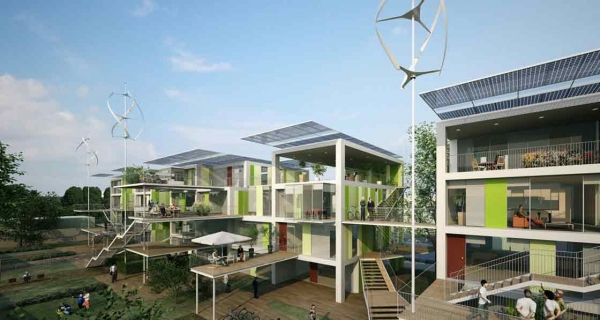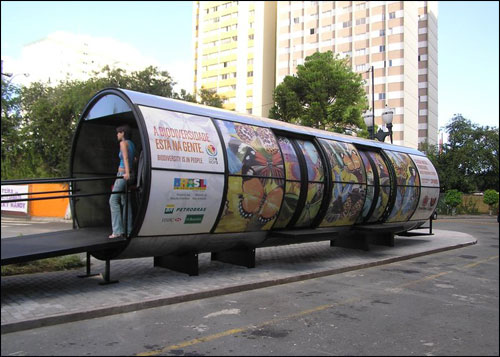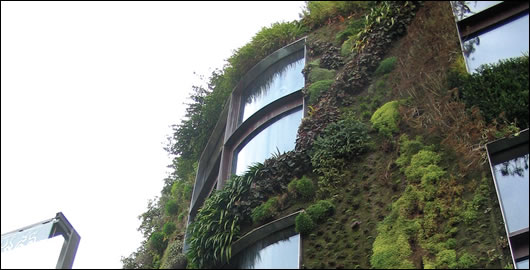Greenbuildingadvisor.com has published an interesting discussion on whether large houses can be green. Kim Colomo of Built Green Colorado says size doesn't matter. She argues:
Of course there’s the resource argument: simply put, bigger buildings typically use more resources. But that tendency can and should be mitigated, even in large homes. If big was really the issue, there wouldn’t be green rating systems for schools, hospitals, or large office buildings. We’d only allow home-schools — small ones, of course — and small local retail shops. We’d limit office size and frown on large regional hospitals in favor of small local clinics. That would be silly.
When I hear the question, “Can large homes be green?,” I think the questioner is really asking, “Is it right for some people use more resources — live in big homes — when they could live in smaller homes like the rest of us?” That question is not really about green building; it’s more about moral or social equity, and I don’t think the green building movement should dilute its focus by debating the issue. We need to get ALL buildings as far down the continuum as possible, as quickly as possible, rather than dither over the tiny minority of homes that are large.
Unless the market for large homes just up and disappears, they’re going to get built and bought. There might be fewer of them, and they might be smaller, especially in these economic times. And heck, who knows, there might even be a permanent shift occurring right before our eyes. But let’s focus on getting those builders and buyers to move along the continuum, not argue about where the line gets drawn on size.
On the other side of the argument, Martin Horowitz of Sustainable Solutions disagrees:
Home buyers expect green scoring systems to provide guidance when choosing between green-labeled homes. These expectations are largely unfounded, however, since almost every rating system ignores or inadequately considers a major determinant of a home’s environmental impact — its size...
...Forget “reduce, reuse, and recycle”: in our sacrosanct pursuit of happiness, we will just buy our way green.
This gluttony has led some to build ridiculously large homes. If they contain recycled materials, wood-pellet boilers, triple-glazed windows, and low-flow fixtures, we call them “green.” Never mind that these homes use three or five times the resources of an average-sized home — or more.
These McMansions are only “green” because rating programs don’t properly question their size or occupant-to-space ratios. While some programs do provide credit for smaller homes, few programs credibly and equitably penalize excessive size. To my knowledge, only the Vermont Builds Greener program has a size limit...
...any building materials and most sources of energy are nonrenewable, and all homes damage the environment when built and operated. When homes are eventually demolished, these materials are usually down-cycled rather than truly recycled. Big empty homes need to be furnished and maintained.
Most people expect green rating systems to quantify this damage. Homes with high scores should do less damage to the environment than homes with lower scores. While a green home should gain points for relatively benign materials, durability, energy efficiency, and healthier indoor air, it should also be reasonably sized.




